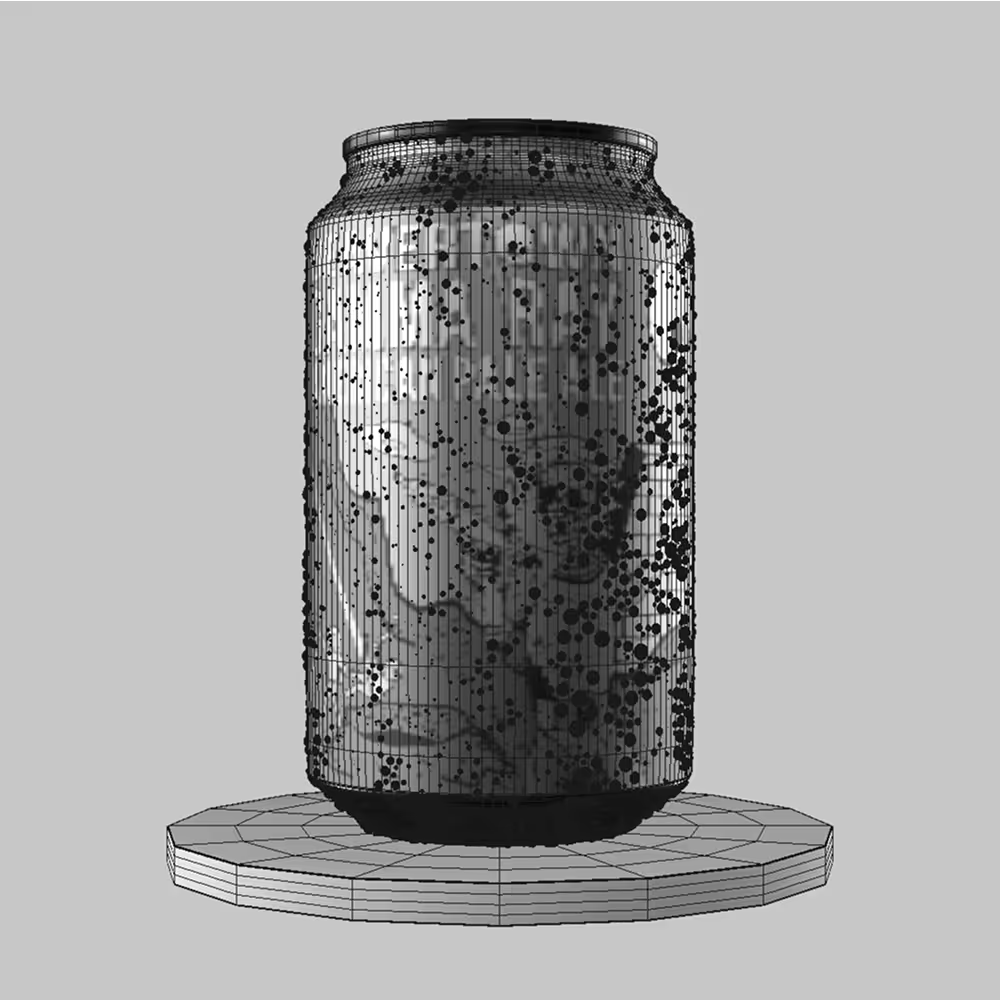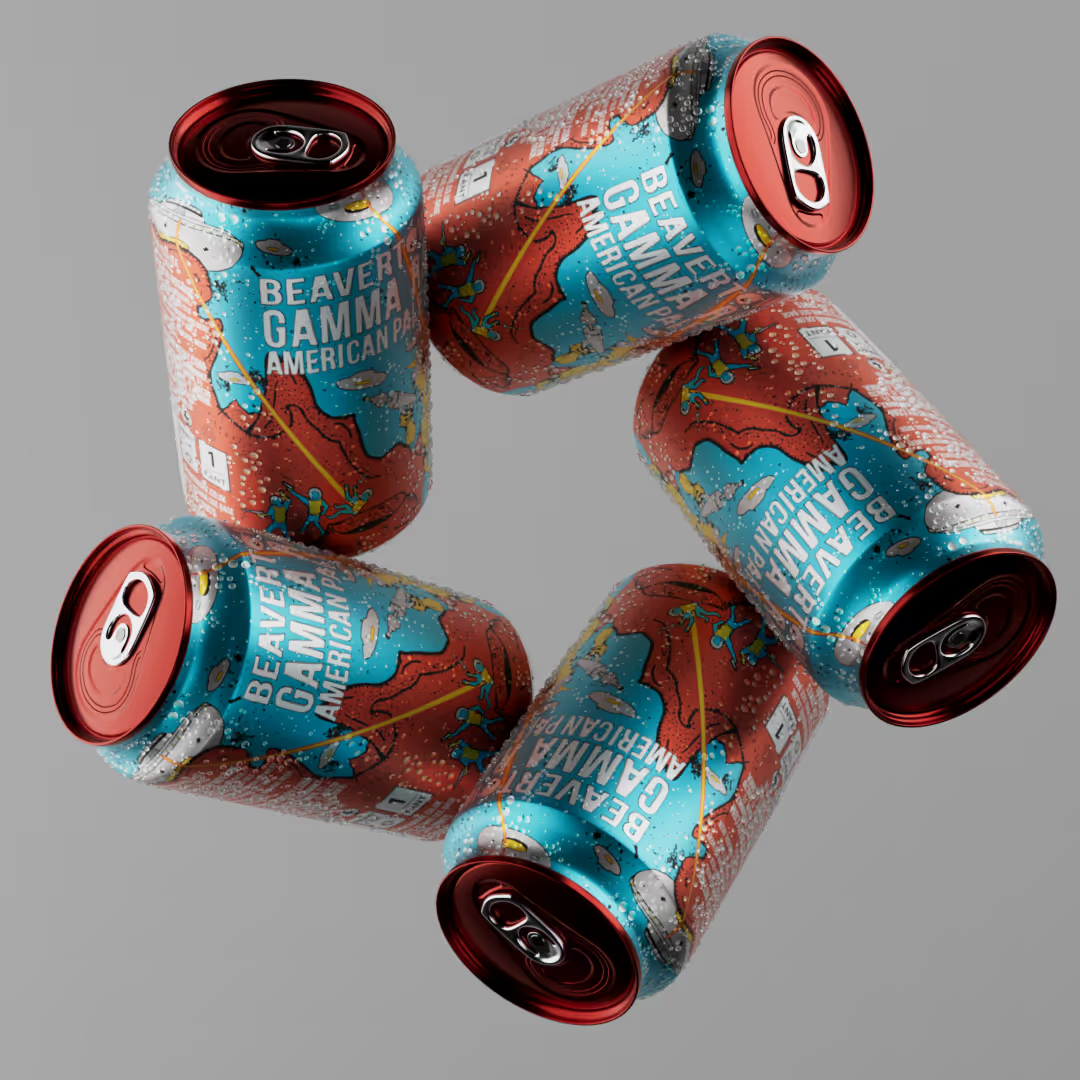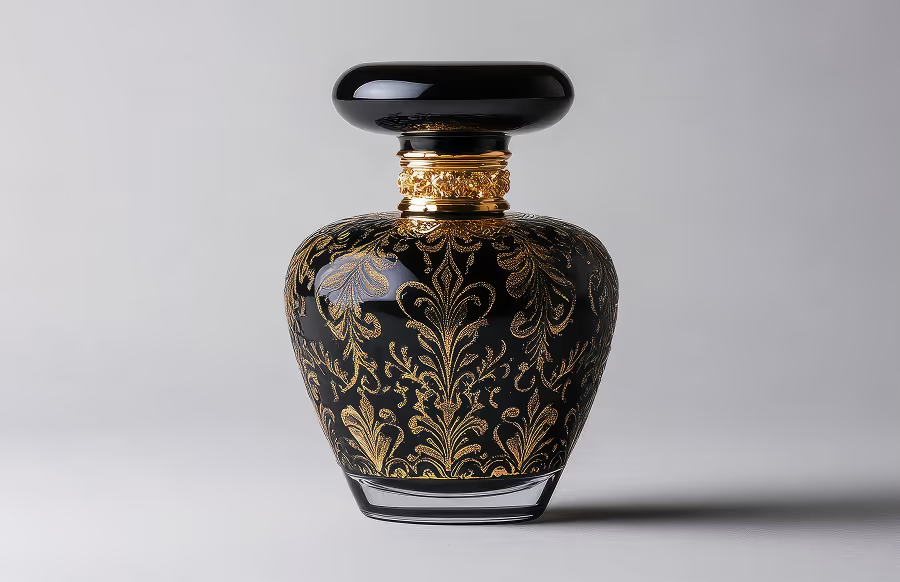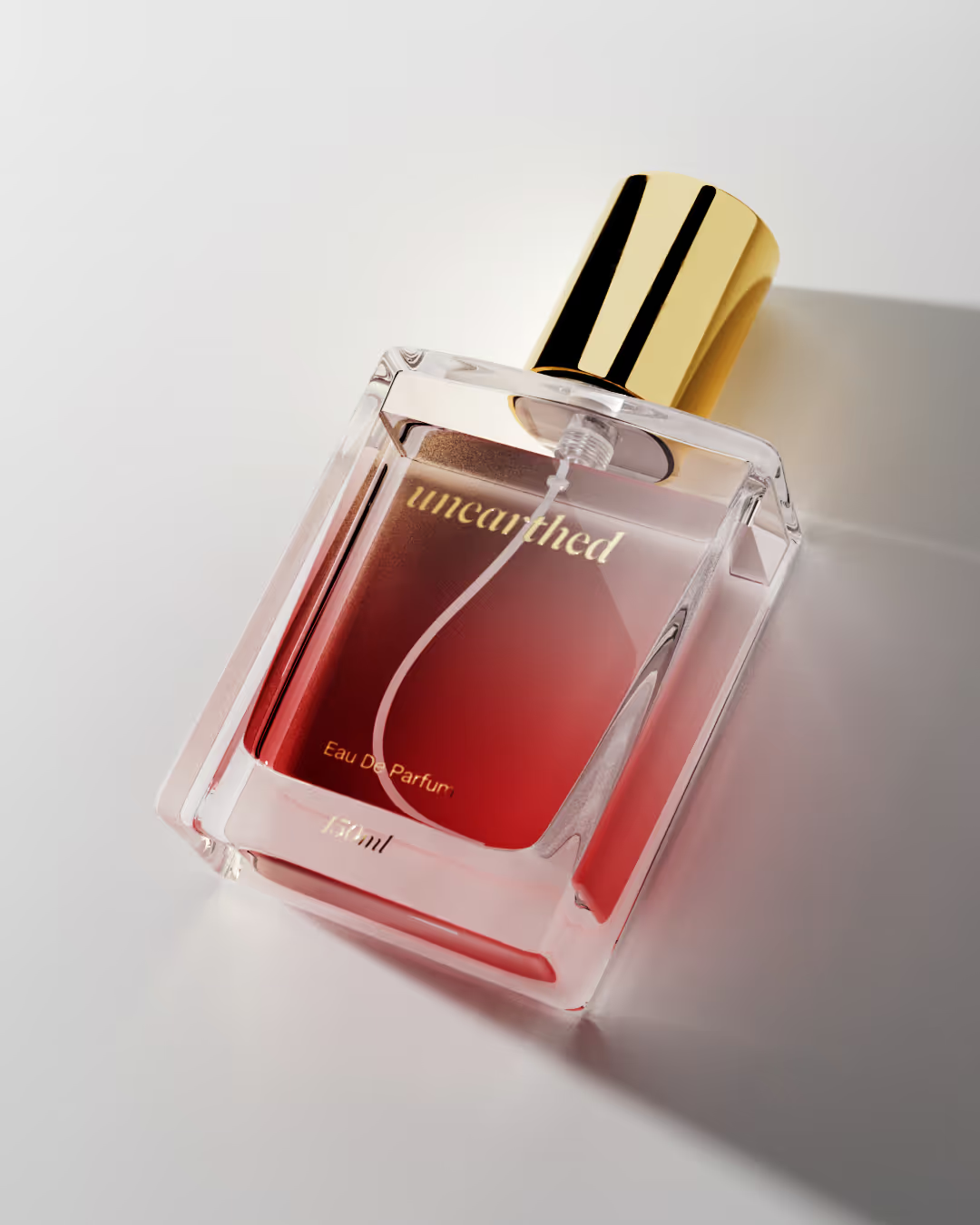3D Rendering vs 3D Modelling: What’s the Difference and Why It Matters for Brands
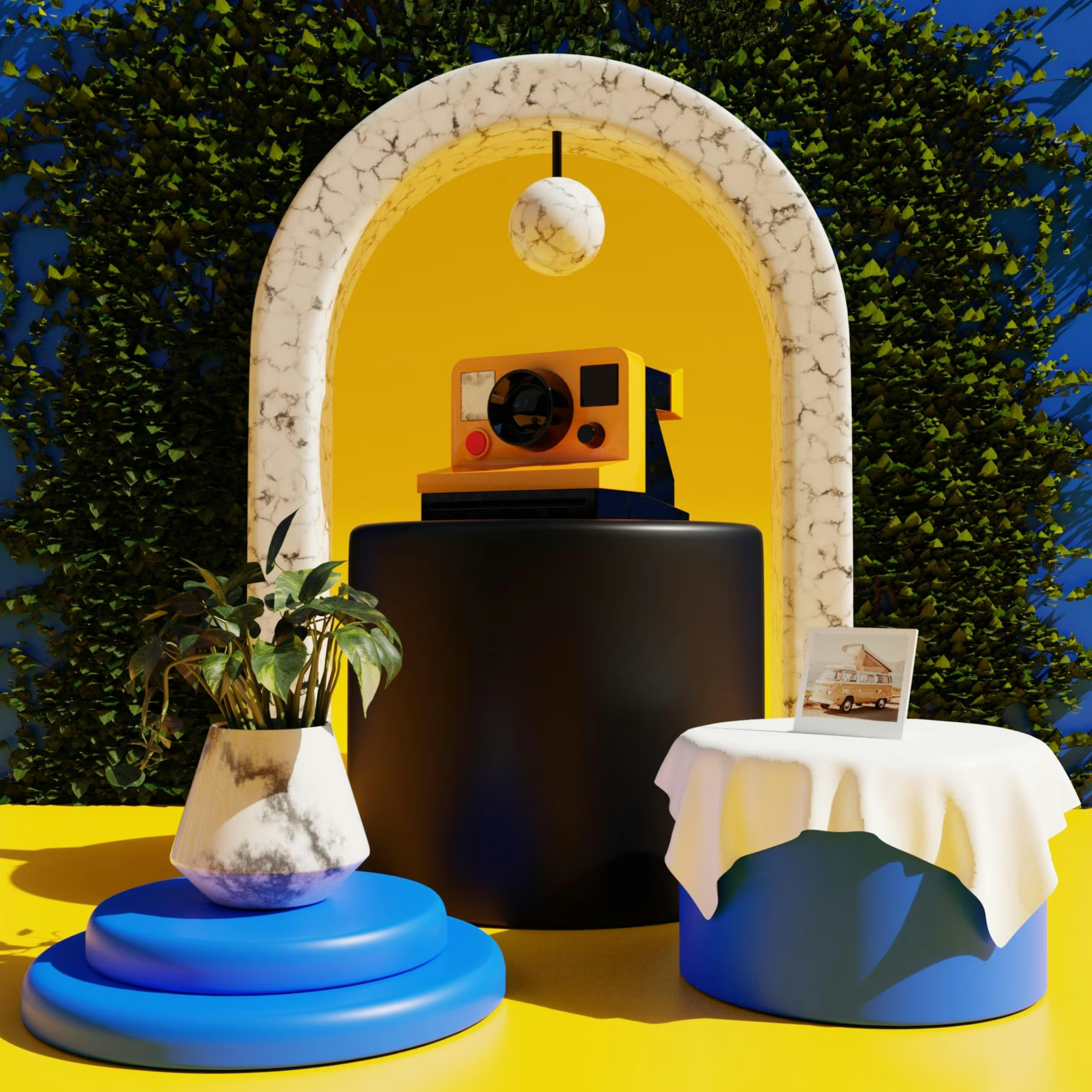
If you’re leading a marketing or innovation team, you’ve probably heard both terms thrown around: 3D modelling and 3D rendering. They’re often used interchangeably - but they describe two very different stages in the CGI pipeline.
Knowing the difference isn’t just semantics. It helps you brief projects accurately, budget realistically and avoid production bottlenecks. In this guide, we’ll unpack what each step involves, when they overlap, and how a smooth visualisation workflow can transform your content pipeline.
1. What Is 3D Modelling?
3D modelling is the digital sculpture phase. Artists or technicians create a virtual replica of your product. Every curve, bevel and dimension using specialised software. Think of it as building the “digital prototype.”
Key Outputs:
- Geometry (the shape)
- UV maps (for applying artwork)
- Clean topology (so materials render correctly)
Modelling answers what the product is.
2. What Is 3D Rendering?
Rendering happens after modelling. It’s the process of applying materials, lighting and camera angles to that digital model, then calculating a photorealistic image (or animation).
Key Outputs:
- High‑resolution images (JPG, PNG, WebP)
- 360° spins or animation files (MP4, MOV)
- Layered PSDs for post-production
Rendering answers how the product looks in context.
3. Why the Distinction Matters for Marketers
Accurate Budgeting
Modelling is typically a one‑off cost. Rendering scales with the number of views, variants or scenes. Understanding both lets you forecast spend more accurately.
Faster Variant Creation
Once the base model exists, you can swap labels or colours and re‑render quickly—ideal for flavour expansions or limited editions.
Reduced Miscommunication
Briefing a studio to “render 10 images” without a model in place is like asking for a photo before the product is manufactured. Knowing the workflow keeps schedules realistic.
4. The Complete CGI Pipeline at a Glance
- Brief & Reference Collection – dielines, CAD, photography
- 3D Modelling – geometry, UVs, topology checks
- Material & Texture Development – plastics, glass, foil, emboss
- Lighting & Scene Setup – studio, lifestyle, campaign style
- Rendering – high‑res stills, motion, interactive outputs
- Post‑Production – colour grading, comping, retouching
- Delivery & Versioning – channel‑specific exports
Each step feeds the next. Skip one, and quality (or timelines) suffer.
5. Common Pitfalls (and How to Avoid Them)
6. When to Outsource vs Keep In‑House
- In‑house makes sense if you have consistent product dimensions and a full‑time 3D artist.
- Outsource modelling if you need high‑fidelity geometry (especially packaging with complex dielines).
- Outsource rendering for campaign work where lighting, mood and material realism are mission‑critical.
Hybrid workflows are becoming increasingly common for FMCG teams.
7. Real‑World ROI: From Model to Multi‑Market Rollout
A beverage brand we work with built one hero can model. Over a year, they:
- Launched 8 new flavours (label swaps)
- Produced 60+ retailer‑specific packshots
- Generated 3 animations for campaign use
Because the model stage was amortised, marginal cost per new asset dropped by 75% compared with re‑shooting photography each time.
Quick Reference Cheat‑Sheet
Wrapping Up: Use Each Tool for What It Does Best
- 3D Modelling: foundational, structural, reusable.
- 3D Rendering: visual, emotional, channel‑ready.
Knowing the difference lets you brief smarter, spend wiser and launch faster. Need help tightening your visualisation workflow or building a reusable model library? We’ve modelled and rendered everything from bottles to blister packs.
